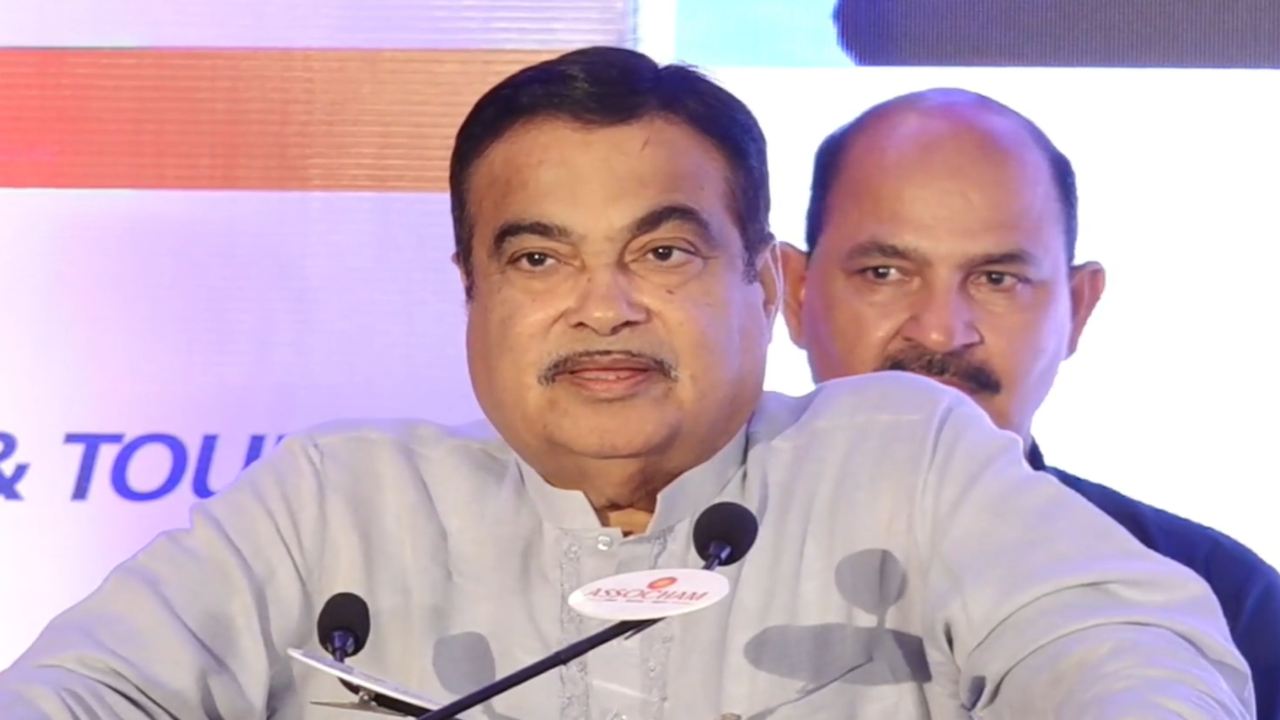This story is from May 18, 2023
Union road transport minister Nitin Gadkari on Wednesday urged the automobile industry to start preparation for the next-generation of emission norms, i.e. BS7 (Bharat Stage 7) in a bid to keep in line with the upcoming Euro 7 norms that are set to come into action in European Union countries from 2025.
Speaking at a closed door meeting of the apex technical committee on vehicle standards (CMVR-TSC), which was attended by senior representatives of all major automobile companies, Gadkari is learnt to have said, “You should start at your own level to carry out research for manufacturing of BS7 vehicles. Our industry should be at par with the European counterparts. Last time the government had to set the deadline and push the industry to comply. The industry also delivered. But why should you wait for us to take such a decision?”
The Indian automobile industry jumped straight from BS4 to BS6 emission norms back in April 2020 in order to stay in line with the Euro 6 standard, which was truly a tremendous feat since it was lacking behind. More recently, India adopted BS6 Phase II norms from April 1, 2023 onwards, which focus on real-time driving emissions instead of controlled environments. and all the vehicles now come with an OBD (On Board Diagnostic) system to monitor real-time emission levels.
It should also be noted that two-wheelers and three-wheelers are not at the same emission levels as cars. That said, even two-wheelers in India are now required to be comply with aka BS6 Phase II norms, and be offered with an OBD system that measures the real-time emissions while the engine is running. Moreover, vehicles sold in India now also need to be compatible with E20 fuel i.e. 20% ethanol blended fuel.
Speaking at a closed door meeting of the apex technical committee on vehicle standards (CMVR-TSC), which was attended by senior representatives of all major automobile companies, Gadkari is learnt to have said, “You should start at your own level to carry out research for manufacturing of BS7 vehicles. Our industry should be at par with the European counterparts. Last time the government had to set the deadline and push the industry to comply. The industry also delivered. But why should you wait for us to take such a decision?”
The Indian automobile industry jumped straight from BS4 to BS6 emission norms back in April 2020 in order to stay in line with the Euro 6 standard, which was truly a tremendous feat since it was lacking behind. More recently, India adopted BS6 Phase II norms from April 1, 2023 onwards, which focus on real-time driving emissions instead of controlled environments. and all the vehicles now come with an OBD (On Board Diagnostic) system to monitor real-time emission levels.
It should also be noted that two-wheelers and three-wheelers are not at the same emission levels as cars. That said, even two-wheelers in India are now required to be comply with aka BS6 Phase II norms, and be offered with an OBD system that measures the real-time emissions while the engine is running. Moreover, vehicles sold in India now also need to be compatible with E20 fuel i.e. 20% ethanol blended fuel.
end of article

